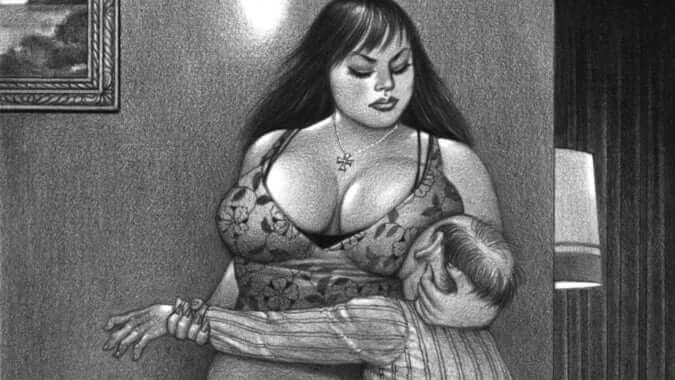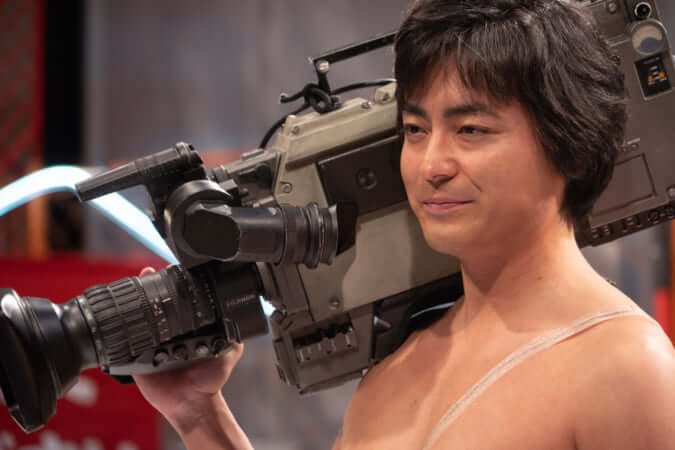Ikebana: The Refined, Sophisticated, and Accessible Art of Flower Arrangement
Ikebana is considered as one of the three Japanese arts of refinement, along with the tea ceremony and kodo.
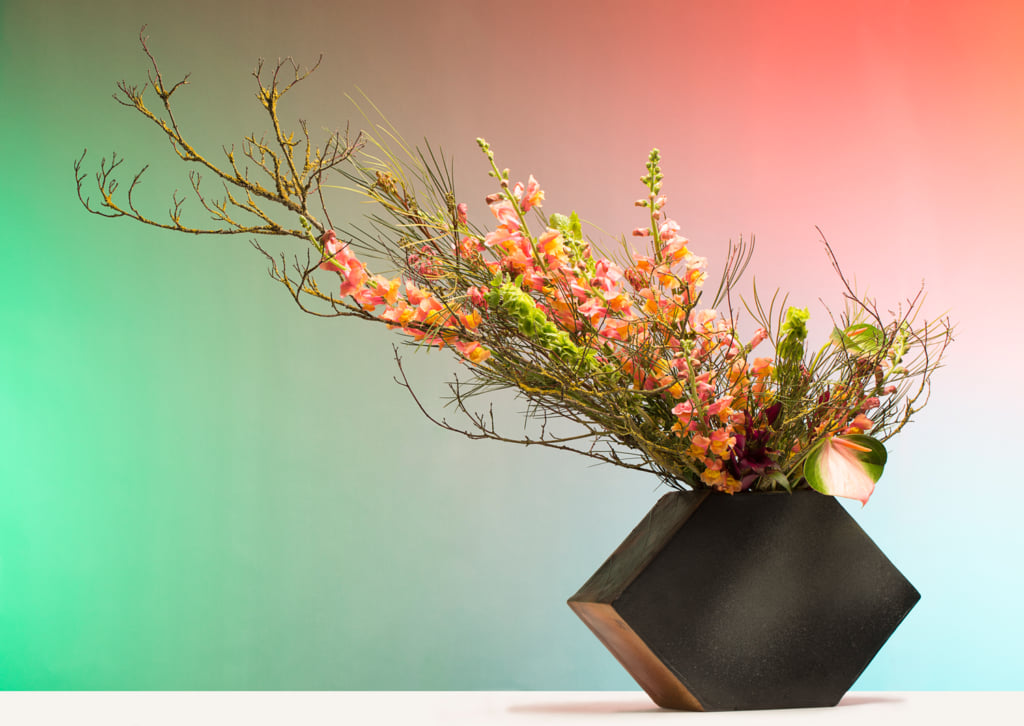
© Yurina Niihara
Meaning ‘way of flowers’, ikebana is an ancient art form dedicated to flower arranging and is, above all, a philosophy that encourages self-expression and a connection with nature. This artistic practice is driven by Barbara Porcellini and Kenji Tsutsumi, both of whom are ikebana masters in France.
An art with religious roots
Ikebana originates from China, and appeared in Japan in around 600, at the same time as the introduction of Buddhism. Initially reserved for monks, this floral art offered some freedom from their religious practice and won the favour of shogun officials in the 15th century, before becoming more widespread among the aristocracy in the 17th century.
It wasn’t until the 18th century that it became open to all social classes and both sexes, having previously been reserved for men. Although the art is still characterised by precise rules for construction, it has gradually become emancipated from its strict tradition to showcase free artistic expression, which translates the creativity and personality of the artist behind it.
Today, ikebana schools are blooming in all four corners of the globe. Three of them remain the best-known to this day: the Ikenobo school, which passes on ancestral traditions, the Ohara school, which oscillates between tradition and modernity, and the Sogetsu school, which is the most avant-garde and modern in its practices.
Perfection of lines and harmony of colour
The three schools are, however, in agreement about the essence of ikebana; it is supposed to combine the perfection of lines and harmony of colour. Every carefully thought-out arrangement must symbolise nature in all its aspects. As Barbara Porcellini points out, ‘it’s an elegant, dignified, and challenging art that demands loyalty if you wish to be creative and achieve total abandon.’ Indeed, the leaves, stems, and the pot in which the composition stands are as important as the flowers and must be balanced harmoniously. To achieve this, the practitioner must use their imagination and arrangement techniques to create real poetry through plants—poetry that is at once sober, generous, and inevitably fragile and ephemeral.
The masters continue their learning over the years, but ‘for amateurs, the main thing is to enjoy a moment of relaxation and joy’, declares Kenji Tsutsumi, an ikebana enthusiast who, above all, achieves ‘profound wellbeing’ through the art.
Barbara Porcellini’s creations can be found on her Facebook page and Kenji Tsutsumi’s work can be found on his website.
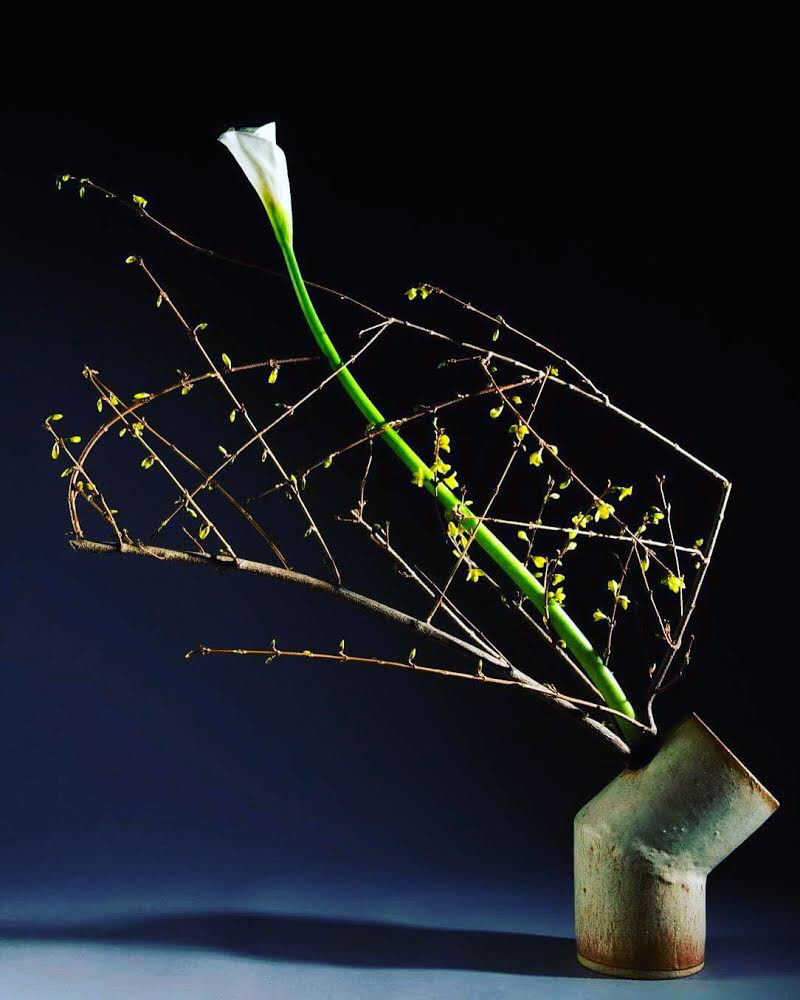
© Barbara Porcellini
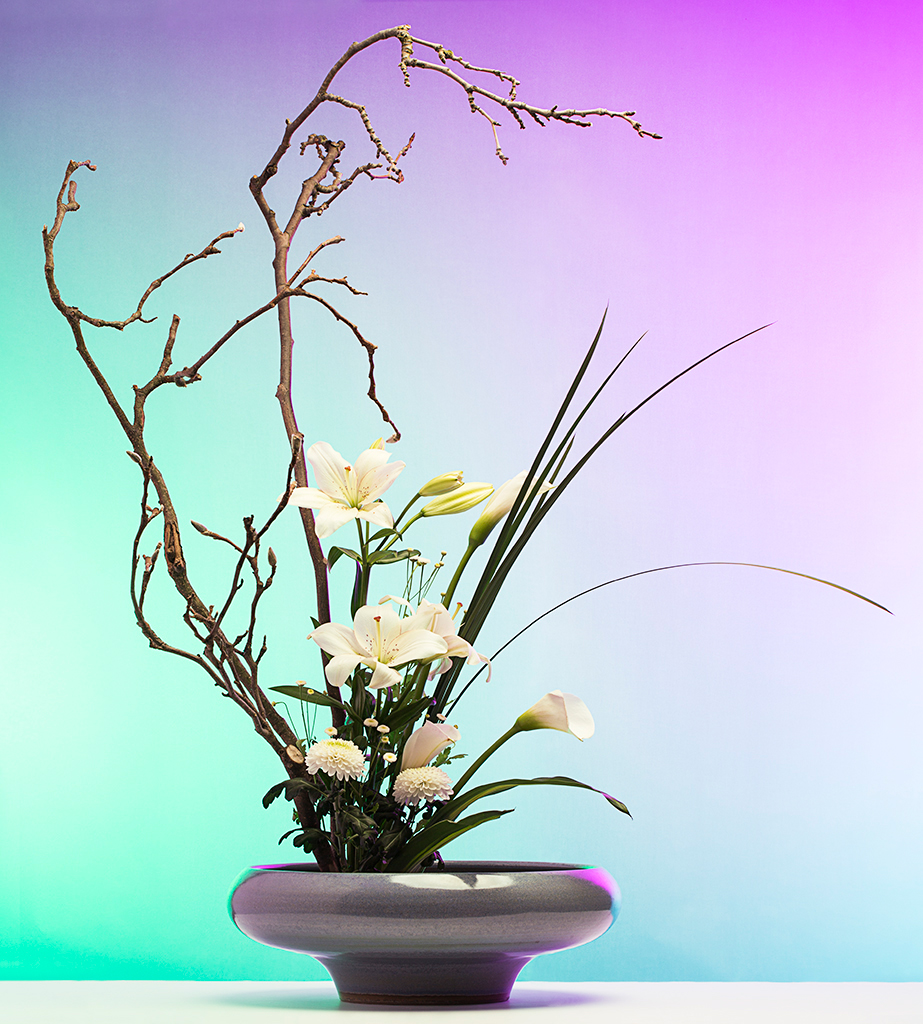
© Yurina Niihara
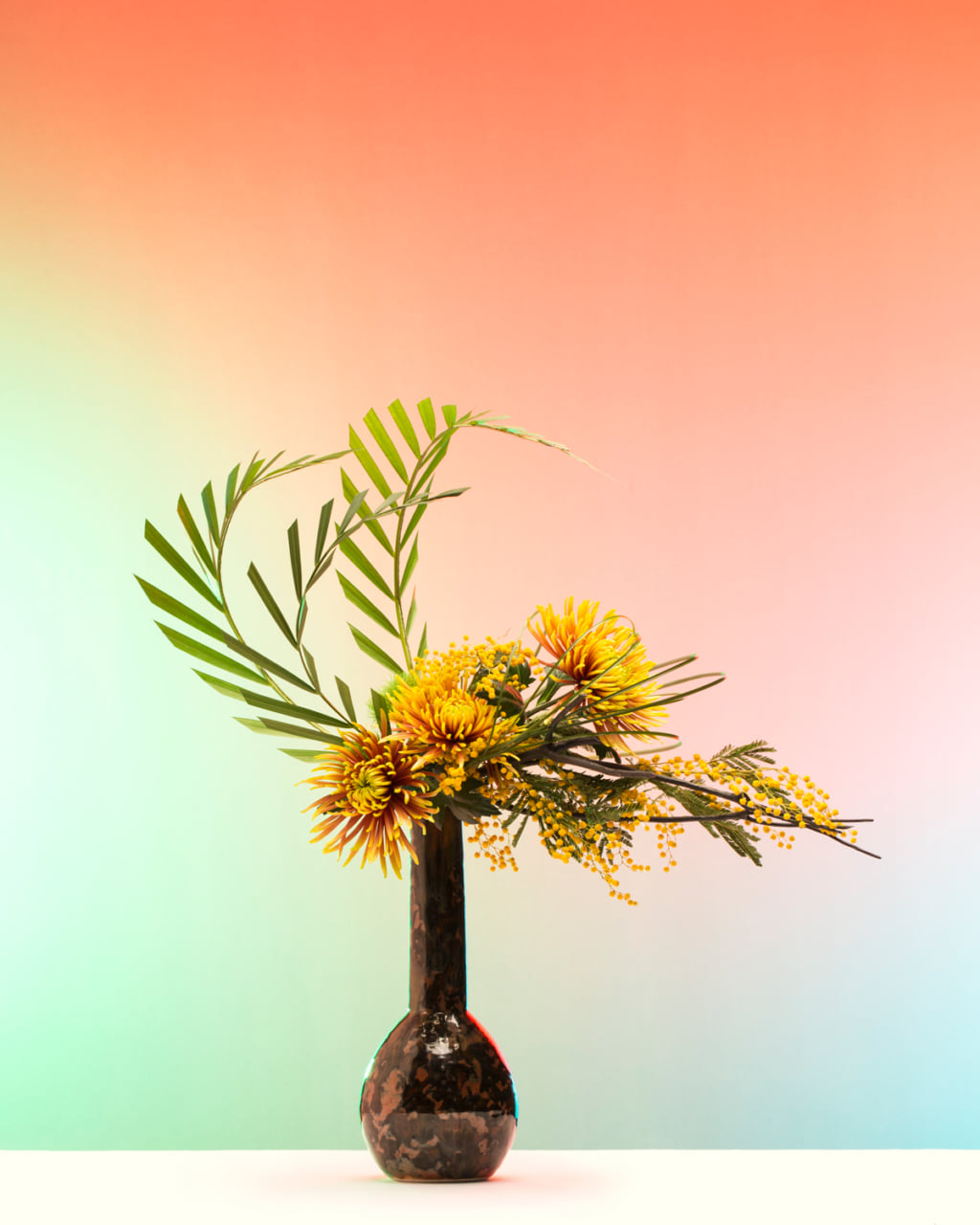
© Yurina Niihara
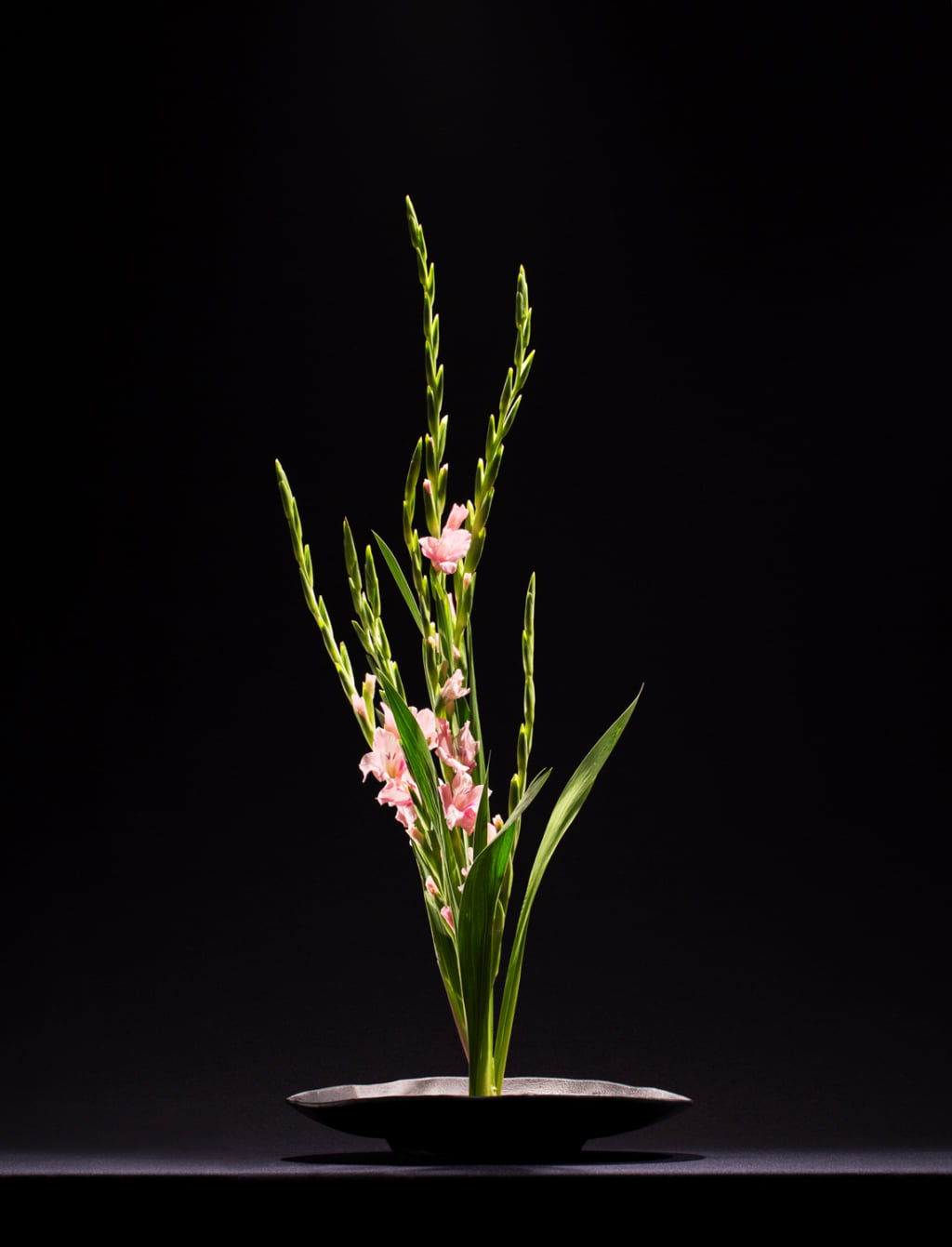
© Yurina Niihara
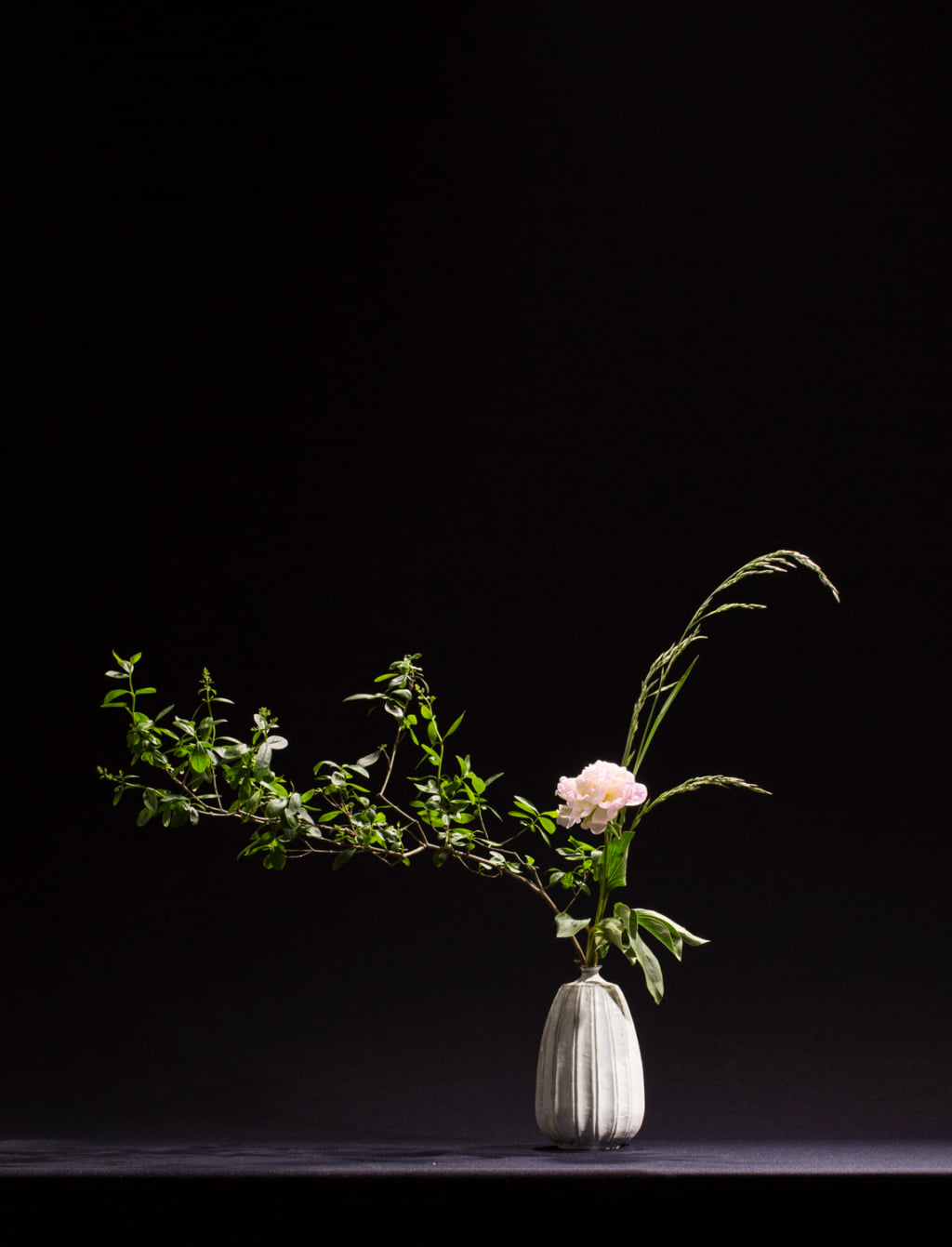
© Yurina Niihara
TRENDING
-
Ishiuchi Miyako, A Singular Perspective on Women
Recipient of the 2024 Women in Motion Award, the photographer creates intimate portraits of women through the objects they left behind.

-
Recipe for Ichiraku Ramen from ‘Naruto’ by Danielle Baghernejad
Taken from the popular manga with the character of the same name who loves ramen, this dish is named after the hero's favourite restaurant.

-
Namio Harukawa, Master of Japanese SM Art
'Garden of Domina' offers a dive into the world of an icon of ‘oshiri’, whose work has now reached a global audience.

-
The Tattoos that Marked the Criminals of the Edo Period
Traditional tattoos were strong signifiers; murderers had head tattoos, while theft might result in an arm tattoo.

-
The Emperor of Japanese Porn is Now the Star of a Netflix Series
Deliciously funny, The Naked Director especially succeeds in reviving the atmosphere that was so characteristic of 1980s Japan.



